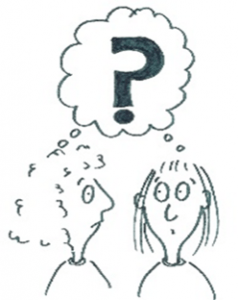What’s the project about?
The project has developed high quality innovative learning opportunities to a specific group of Deaf adults: Deaf Language Specialists (DLSs). DLSs work with deaf children and adults in educational and health settings. DLSs are a small group and are typically geographically spread. They often work without other Deaf colleagues doing similar work. DLSs often have few qualifications and limited access to training for the work they do to support children (or adults) with language learning difficulties. Often people start this work because they are very fluent in sign language. This means they must develop their skills and knowledge about language development as they work. They may  not have the opportunity of learning from and sharing their knowledge with others. This is inefficient and results in staff lacking confidence in their skills. Sharing information about language gives a stronger foundation for their work. DLSs and Speech and Language Therapists (SLT) often lack a shared vocabulary with which to discuss children’s language and communication issues. This may also be an issue with other colleagues, who are mainly hearing professionals. Many DLSs and SLTs in four countries were involved in the development and piloting of training modules. The training was developed in the UK, Spain, Portugal and Brazil.
not have the opportunity of learning from and sharing their knowledge with others. This is inefficient and results in staff lacking confidence in their skills. Sharing information about language gives a stronger foundation for their work. DLSs and Speech and Language Therapists (SLT) often lack a shared vocabulary with which to discuss children’s language and communication issues. This may also be an issue with other colleagues, who are mainly hearing professionals. Many DLSs and SLTs in four countries were involved in the development and piloting of training modules. The training was developed in the UK, Spain, Portugal and Brazil.
For a brief explanation in sign, click below [Apologies for my BSL! I hope you can understand it :)]
The project objectives and activities were:
- To extend vocational training on child language acquisition and impairments in sign language pioneered by Hoskin (2017) more widely to Deaf Language Specialists working in other European and non-European countries.
- To translate and adapt modules as needed into the signed and written languages of each partner country
- To design a deaf-friendly online course format
- To pilot and evaluate delivery of modules in each partner country
